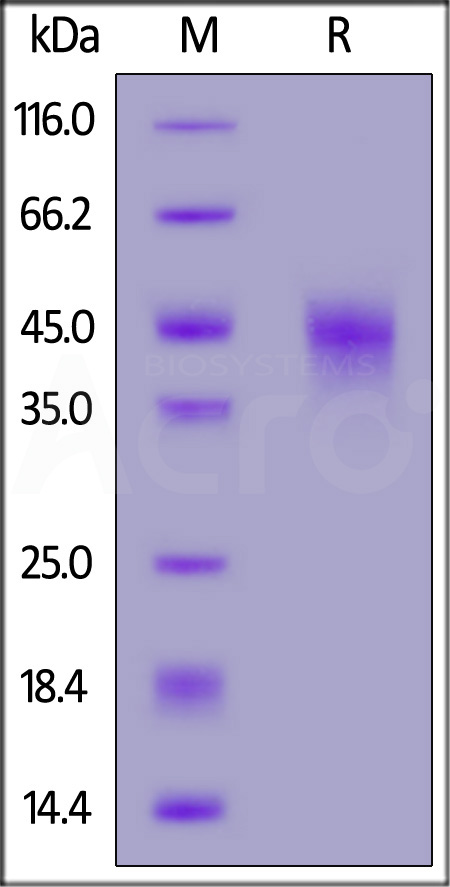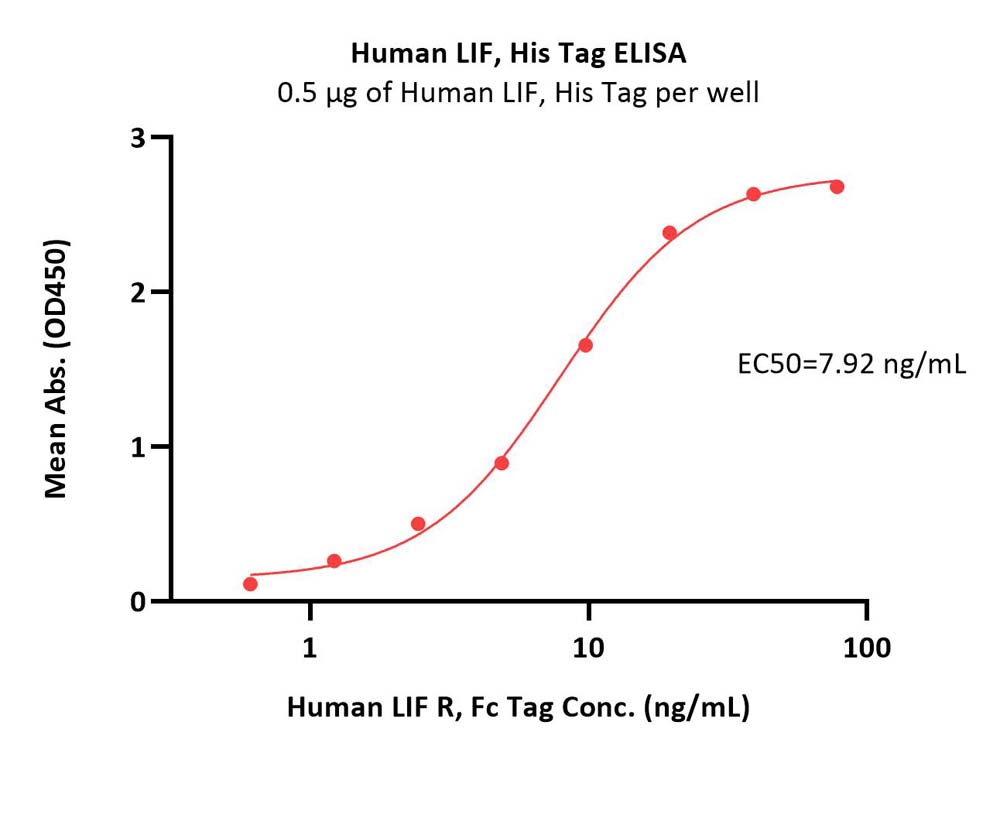Follicle-Stimulating Hormone and Testosterone Play a Role in the Regulation of Sertoli Cell Functions Following Germ Cell Depletion In VitroSawaied, Levy, Arazi
et alInt J Mol Sci (2025) 26 (6)
Abstract: Spermatogenesis is a process of self-renewal of spermatogonial stem cells and their proliferation and differentiation to generate mature sperm. This process involves interactions between testicular somatic (mainly Sertoli cells) and spermatogonial cells at their different stages of development. The functionality of Sertoli cells is regulated by hormones and testicular autocrine/paracrine factors. In this study, we investigated the effects of follicle-stimulating hormone (FSH) and testosterone addition on Sertoli cell cultures that undergo hypotonic shock, with a primary focus on Sertoli cell activity. Cells were enzymatically isolated from testicular seminiferous tubules of 7-day-old mice. These cells were cultured in vitro for 3 days. Thereafter, some cultures were treated with hypotonic shock to remove germ cells. After overnight, fresh media without (control; CT) or with FSH, testosterone (Tes), or FSH+T were added to the hypotonic shock-treated or untreated (CT) cultures for 24 h. The morphology of the cultures and the presence of Sertoli cells and germ cells were examined. The expression of growth factors (CSF-1, LIF, SCF, GDNF) or other specific Sertoli cell factors [transferrin, inhibin b, androgen receptor (AR), androgen binding protein (ABP), FSH receptor (FSHR)] was examined by qPCR. Our immunofluorescence staining showed depletion/major reduction in VASA-positive germ cells in Sertoli cell cultures following hypotonic shock (HYP) treatment compared to untreated cultures (WO). Furthermore, the expression of the examined growth factors and other factors was significantly increased in HYP cultures compared to WO (in the CT). However, the addition of hormones significantly decreased the expression levels of the growth factors in HYP cultures compared to WO cultures under the same treatment. In addition, the expression of all other examined Sertoli cell factors significantly changed following HYP treatment compared to WO and following treatment with FSH and or T. However, the expression levels of some factors remained normal following the treatment of Sertoli cell cultures with one or both hormones (transferrin, Fsh-r, Abp, Ar). Thus, our results demonstrate the crucial role of germ cells in the functionality of Sertoli cells and the possible role of FSH and T in maintaining, at least partially, the normal activity of Sertoli cells following germ cell depletion in vitro by hypotonic shock treatment.
Taming Lithium Nucleation and Growth on Cu Current Collector by Electrochemical Activation of ZnF2 LayerNguyen, Shim, Byeon
et alAdv Sci (Weinh) (2025)
Abstract: Lithium-metal anodes are essential for the advancement of next-generation batteries. However, their practical use is largely hindered by the uncontrollable growth of dendrites and intricate problems associated with fabricating anodes that meet capacity requirements. Here, it is demonstrated that an ultrathin ZnF2 layer deposited on the copper foil can produce a novel and efficient current collector to address these challenges. It is observed that ZnF2 can be transformed into LiZn alloy and LiF salt in one step by simple electrochemical activation. The resulting LiZn alloy exhibits high lithiophilicity, which reduces overpotential and promotes uniform lithium nucleation, while the LiF salt enhances the solid electrolyte interphase, ensuring uniform lithium growth. This synergistic effect led to a dendrite-free, densely packed lithium anode with an extended lifespan, achieving over 900 h in symmetric cells at a high current density of 3 mA cm-2 and a high cut-off capacity of 3 mAh cm-2. Furthermore, full cells utilizing the lithium anode (Li capacity of 6 mAh cm-2) paired with LiNi0.8Mn0.1Co0.1O2 cathodes (mass loading of 11.5 mg cm-2) demonstrates drastically improved rate capability and excellent cycling stability. This approach holds great promise for developing safer and more efficient lithium-metal-based batteries for future energy storage solutions.© 2025 The Author(s). Advanced Science published by Wiley‐VCH GmbH.
Eco-friendly extraction of hesperidin from citrus peels: a comparative study of Soxhlet, ultrasound-assisted, and microwave-assisted methods for improved yield and antioxidant propertiesYeddes, Bettaieb Rebey, Yazidi
et alInt J Environ Health Res (2025)
Abstract: This study compares Soxhlet extraction, ultrasound-assisted extraction (UAE), and microwave-assisted extraction (MAE) for isolating hesperidin from citrus peels. UAE achieved the highest yield (89.7%) and demonstrated favorable kinetic parameters (rate constant: 0.96 h-1, half-life: 0.72 h), highlighting its efficiency as an eco-friendly alternative. The UAE extract also exhibited the highest total phenolic and flavonoid contents, maximizing bioactive compound recovery. While MAE showed superior antioxidant activity in DPPH (IC₅₀: 31.49 µg/mg DE) and ABTS (IC₅₀: 73.38 µg/mg DE) assays, the HPLC analysis confirmed a hesperidin purity of 89.7%, with UAE and MAE yielding comparable results. These findings underscore UAE's potential for enhancing hesperidin extraction while promoting sustainability through citrus waste valorization. This research provides valuable insights into optimizing extraction techniques for bioactive compounds and supporting their industrial applications.
Peroxisome proliferator-activated receptor beta/delta ligands as modulators of immune response in lipopolysaccharide-stimulated porcine endometrium: insights from an in vitro studyGolubska, Bogacka, Mierzejewski
et alJ Physiol Pharmacol (2025) 76 (1)
Abstract: Inflammation in the reproductive organs is a serious threat to human and animal fertility. Recently, the possible role of peroxisome proliferator-activated receptor (PPAR) ligands as potential regulators of endometrial inflammation has been proposed. The aim of the present study was to investigate the effect of PPARβ/δ ligands on mRNA abundance and protein secretion of selected inflammatory mediators - interleukin (IL)-1β, IL-6, IL-8, IL-4, IL-10, tumor necrosis factor alpha (TNF-α), leukemia inhibitory factor (LIF), toll-like receptor 4 (TLR4) and nuclear factor kappaB (NF-κB) - in porcine endometrium during physiology and lipopolysaccharide (LPS)-stimulated inflammation in both the mid-luteal and follicular phases of the estrous cycle. In addition, two experimental setups - an ongoing and a developing inflammation - were considered. Sections of endometrial tissue were incubated in vitro with two selected PPARβ/δ ligands: agonist L-165,041 or antagonist GSK 3787 with or without LPS. The mRNA abundance was determined by real time polymerase chain reaction (RT-PCR) and protein secretion in the culture medium by enzyme-linked immunosorbent assay (ELISA). Both PPARβ/δ ligands increased the mRNA abundance of IL-1β, IL-6 and IL-8 in the inflammatory state and decreased IL-4 protein secretion in the physiological state, mainly in the mid-luteal phase of the estrous cycle. In turn, only the antagonist increased TNF-α expression. For all proinflammatory cytokines - IL-1β, IL-6, IL-8, TNF-α - we found that both hormonal and inflammatory status significantly influenced their mRNA levels, while the experimental setup notably affected the expression of IL-1β, IL-6 and TNF-α. The results show that PPARβ/δ ligands modulate the expression and secretion of cytokines involved in the inflammatory response in the porcine endometrium. The main effect of PPARβ/δ ligands was noted during the mid-luteal phase of the estrous cycle. During LPS-stimulated inflammation, PPARβ/δ ligands appear to have pro-inflammatory properties by stimulating the expression of IL-1β, IL-6, IL-8, TNF-α. The changes in the expression of immune mediators depend on the phase of the estrous cycle or the course of endometritis.



























































 膜杰作
膜杰作 Star Staining
Star Staining















